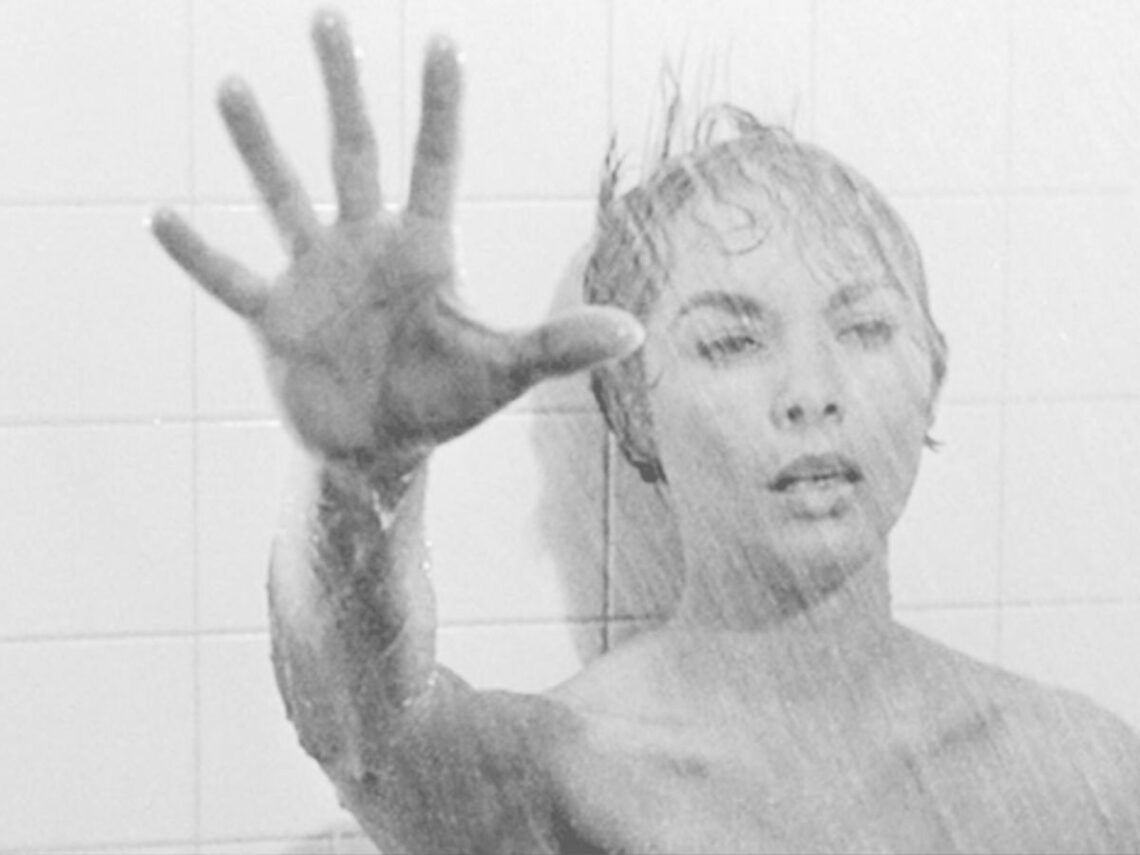Few films and filmmakers have as much clout as the work of Alfred Hitchcock. When Psycho arrived in 1960, Alfred Hitchcock had already established himself among the true greats of Hollywood’s Golden Age.
Through the 1940s, the British director excelled with a run of respected films, including Rebecca and Shadow of a Doubt, the former earning him the Academy Award for ‘Best Picture’. However, the 1950s proved to be Hitchcock’s most essential and prolific period, boasting all-time classics such as Strangers on a Train, Vertigo and North by Northwest.
This impressive run through the ’50s culminated in Psycho, released in 1960, arriving as cinema’s quintessential horror. The movie bolstered Hitchcock’s status and further defined the stylistic adjective “Hitchcockian” and was lauded by critics for its pioneering style, principally its unexpected plot twists and tension-building cinematography.
By the late 1950s, Hollywood movies made by established directors would be typically shot in colour, with 1961 marking the first year in which the majority of films were shot in colour. One would certainly expect a director of “Hitchcockian” stature to find funding to shoot in colour. Alas, for Psycho, he did not.
While we might like to assume that Hitchcock shot Psycho in monochrome for artistic effect, money was the central factor. The director struggled to corral funding to adapt Robert Bloch’s like-titled novel and hence, decided to proceed in black and white to cut costs.
With a production budget of just $800,000, Hitchcock also opted to reuse the crew he had assembled from the Alfred Hitchcock Presents anthology TV show; this avoided unnecessary administration expenditure, further tightening the purse strings. Beyond financial woes, Hitchcock was allegedly afraid of how the contemporary audience might react to such brutal scenes of murder in the stark reality conveyed by colour.
In hindsight, Hitchcock needn’t have worried; his famous shower scene, in which Norman Bates slashes a screaming Marion, received a bucketload of controversy and outrage as it was in black and white. Amusingly, the “blood” used in the shower scene was actually chocolate syrup, which has a bolder appearance under a monochrome lens – perhaps the ice cream topping was also cheaper than dyed corn syrup.
If Hitchcock really wanted to, he probably could have shot Psycho in colour, but why sink so much capital into a practical joke? Heading into the project, Hitchcock hadn’t conceived that the film might become his most iconic masterpiece. The intense horror and plot twist were intended as a mere joke as it transpires.
“The content was, I felt, rather amusing, and it was a big joke,” Hitchcock explained in a tape found in the BBC archives. “I was horrified to find some people took it seriously.”
“[Psycho] was intended to make people scream and yell and so forth,” he added. “But no more than screaming and yelling on a switchback railway … so you mustn’t go too far because you want them to get off the railway giggling with pleasure.”
Watch the trailer for Psycho on Netflix now.
